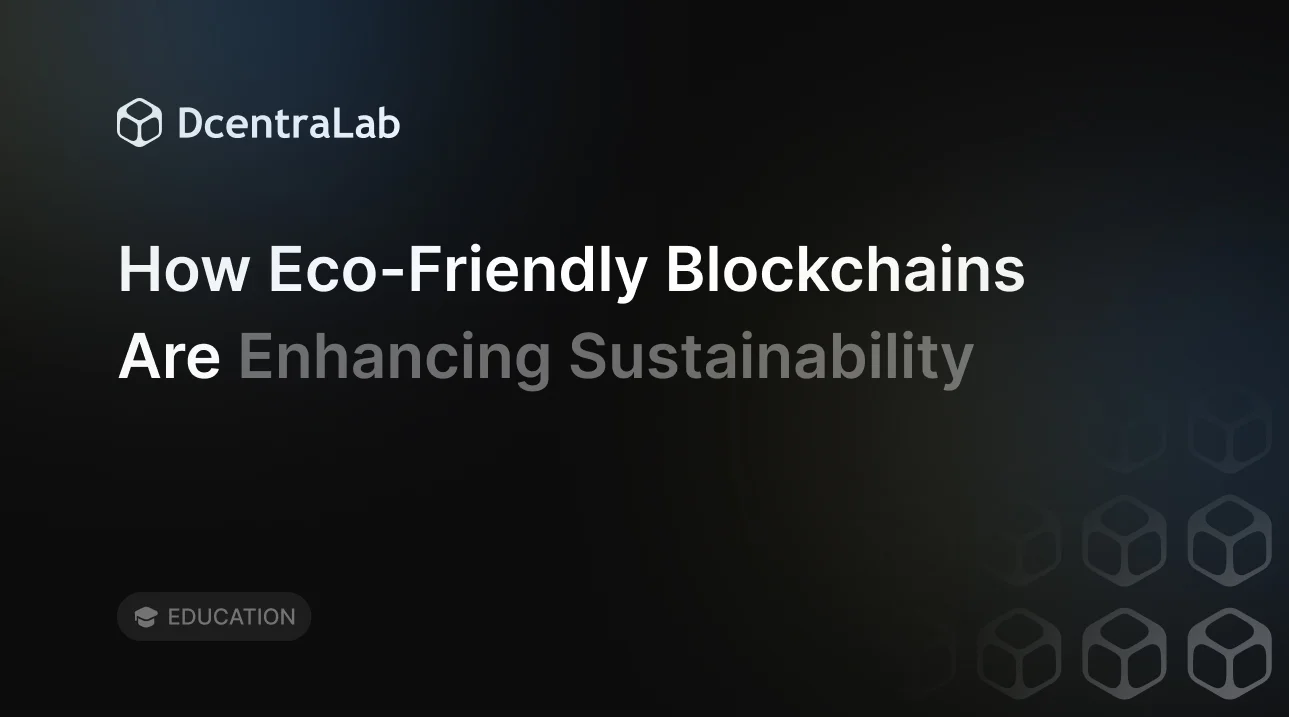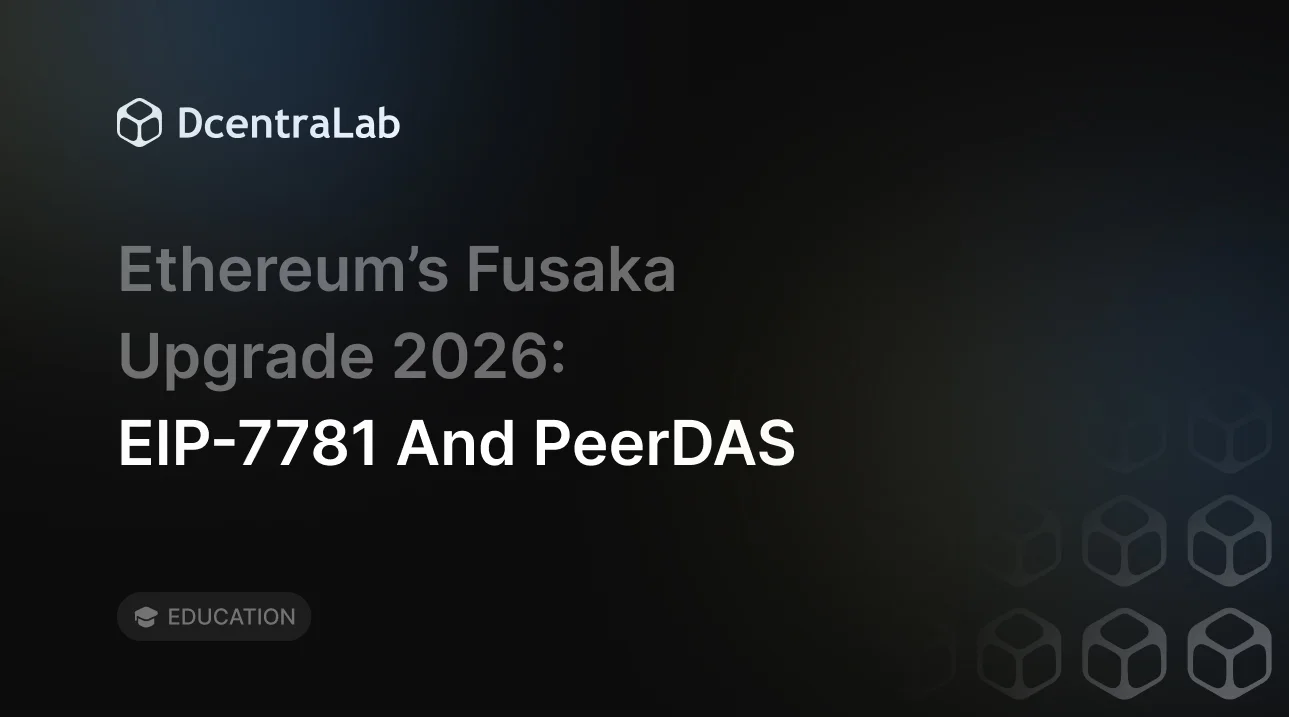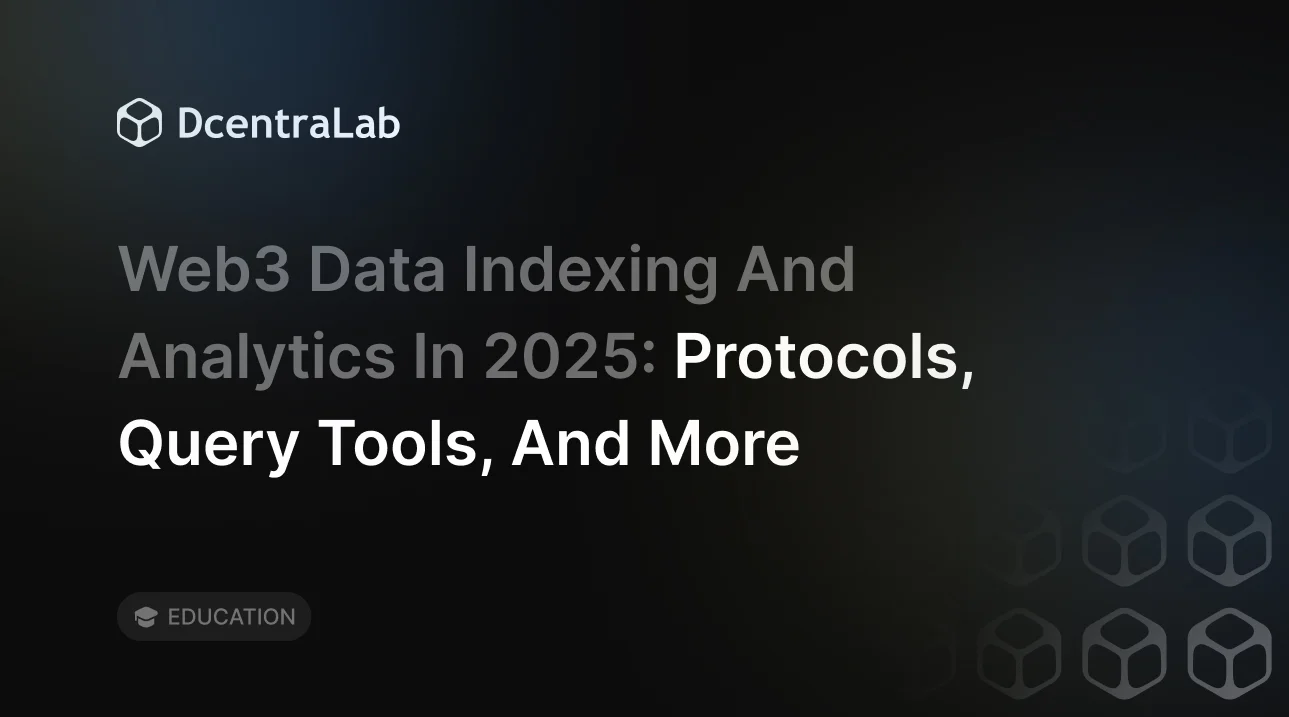How Eco-Friendly Blockchains Are Enhancing Sustainability

tl;dr
- Critics have targeted Bitcoin’s high energy consumption since at least 2013, with media and environmental groups continuing the narrative into 2025.
- These critiques often overlook that many blockchains use a lot less energy and have adopted sustainable technologies.
- Green blockchains use consensus models like Proof-of-Stake (PoS), cutting energy use by up to 98%, as seen in Ethereum’s 2022 shift.
- Delegated Proof-of-Stake (DPoS) and Proof-of-History (PoH) are additional eco-friendly mechanisms used by TRON, EOS, and Solana.
Why Green Organizations Dislike Blockchain
Cryptocurrency critics have long complained about Bitcoin’s energy consumption.
As early as 2013, when Bitcoin first gained mainstream attention by surpassing $1,000, the BBC published an article titled “Bitcoin: Experts clash over the crypto-currency,”. This article highlighted concerns over its environmental impact. Since then, mainstream media and environmental organizations have continued to criticize Bitcoin’s energy use. Even in 2025, Forbes ran a piece titled “Bitcoin’s Boom Comes With Corresponding Booming Environmental Costs,” reinforcing this narrative.
However, these portrayals often paint all cryptocurrencies with the same brush. In reality, the blockchain ecosystem has made major strides toward sustainability. From green consensus mechanisms to eco-focused projects, many initiatives aim to reverse this negative perception.
In this article, we’ll explore environmentally friendly blockchains and how blockchain technology is being used to combat environmental challenges.
What is a Green Blockchain?
A green blockchain is a blockchain that uses energy-efficient consensus mechanisms instead of traditional Proof-of-Work (PoW). By adopting alternatives like Proof-of-Stake (PoS), green blockchains can reduce energy consumption by up to 98%, significantly lowering their environmental impact.
These models require far less computational power, making them more sustainable and scalable. Energy efficiency was one of the key motivations behind Ethereum’s high-profile transition from PoW to PoS in 2022.
The Heart of the Matter: Eco-Friendly Consensus Mechanisms
As blockchain technology evolves, the search for sustainability has led to the adoption of greener consensus mechanisms. These alternatives drastically reduce the electricity required to secure decentralized networks. Below are some prominent eco-friendly models.
Proof-of-Stake (PoS)
PoS replaces energy-hungry mining with a system where validators are selected based on how much cryptocurrency they lock up, or “stake,” as collateral. This eliminates the need for vast computational resources, reducing energy consumption by over 98%. Ethereum’s move to PoS in 2022 showcased the model’s potential to scale securely and sustainably.
Delegated Proof-of-Stake (DPoS)
DPoS builds on PoS by allowing token holders to vote for a limited number of trusted validators or “delegates” who handle transaction validation. This smaller set of nodes boosts efficiency and speed. Projects like EOS and TRON have used DPoS to power high-throughput applications with minimal energy use.
Proof-of-History (PoH)
PoH, pioneered by Solana’s founder Anatoly Yakovenko, creates a cryptographic timestamp for every transaction, establishing the order of events before validation. When combined with PoS, this reduces the communication required between nodes, dramatically cutting energy demands while maintaining high performance.
Blockchain for Good: Revolutionizing Carbon Offsetting
Blockchain technology holds promise for revolutionizing the carbon offsetting market by tackling some of its most persistent flaws. Traditional carbon credit systems often suffer from poor transparency, double-counting, and limited traceability.
Blockchain’s verifiable and immutable ledgers can help solve these problems by providing a transparent, tamper-proof system that records every transaction. Tokenizing carbon credits into digital assets makes them easier to trade, track, and audit, unlocking new possibilities for accountability and accessibility.
However, nearly every attempt to tokenize carbon credits so far has failed. Efforce, a blockchain-based platform launched by Steve Wozniak in 2020 to fund green projects using the WOZX token, has seen the token lose over 99% of its value. Similarly, WeWork’s Adam Neumann’s Flowcarbon project, which aimed to create a blockchain-based carbon credit marketplace, has begun refunding investors after failing.
Bitcoin’s Green Revolution
Bitcoin’s green revolution is well underway. As of 2025, over 52.4% of the electricity used for Bitcoin mining now comes from sustainable sources, a dramatic shift from previous years. This includes approximately 42.6% from renewables: 23.4% from hydro, 15.4% from wind, and 3.2% from solar power. Nuclear energy adds another 9.8%, further supporting the transition to low-emission mining.
These changes mark a significant improvement from 2022, when only 37.6% of mining energy came from sustainable sources. Coal usage has fallen sharply to just 8.9%, while natural gas now makes up 38.2%.
Despite continued criticism, which is rooted more in a socialist perspective than in environmental data, Bitcoin mining has become increasingly green. This trend reflects a shift in miner behavior, geography, and energy choices, favoring cleaner, more sustainable sources. The momentum toward renewable energy is expected to grow, pushing Bitcoin’s energy profile further into eco-conscious territory in the years ahead.



